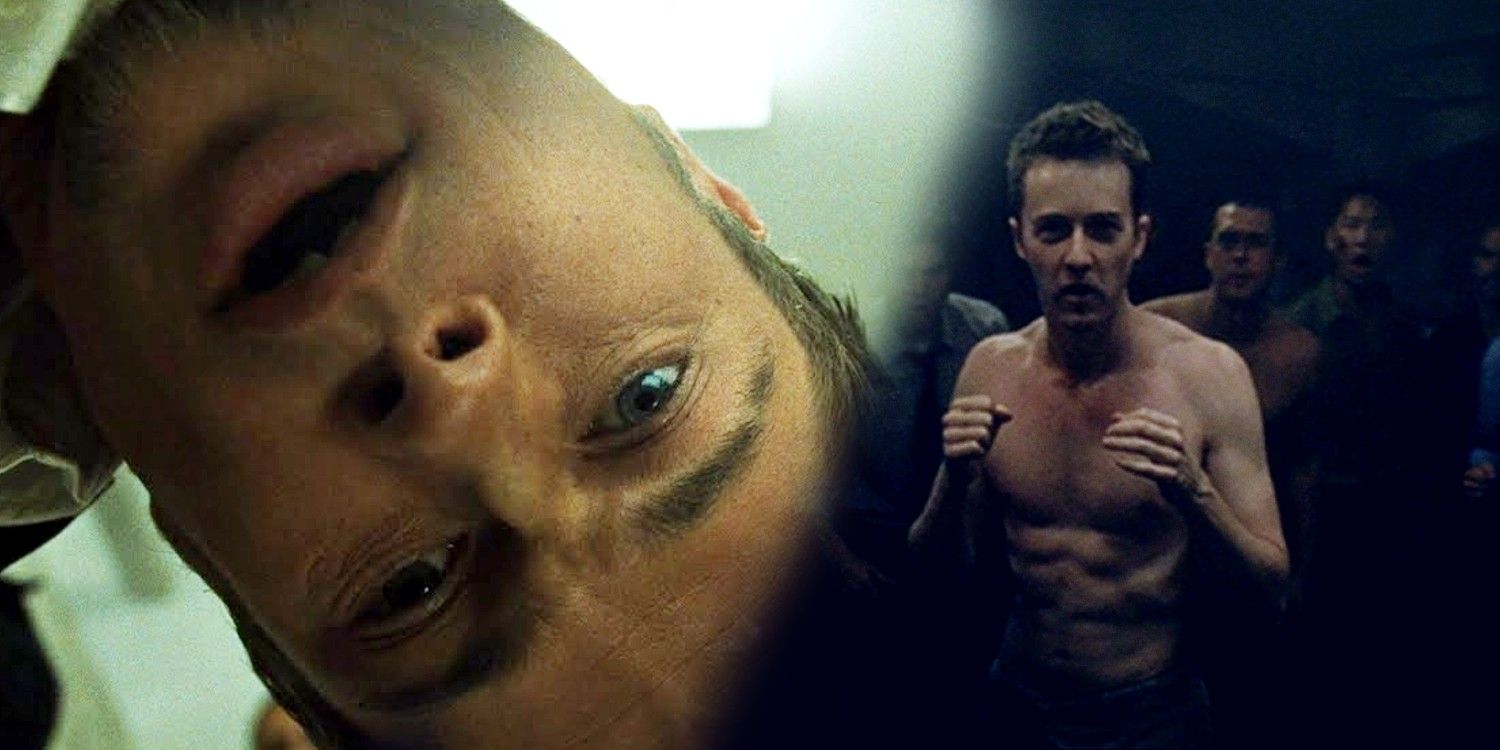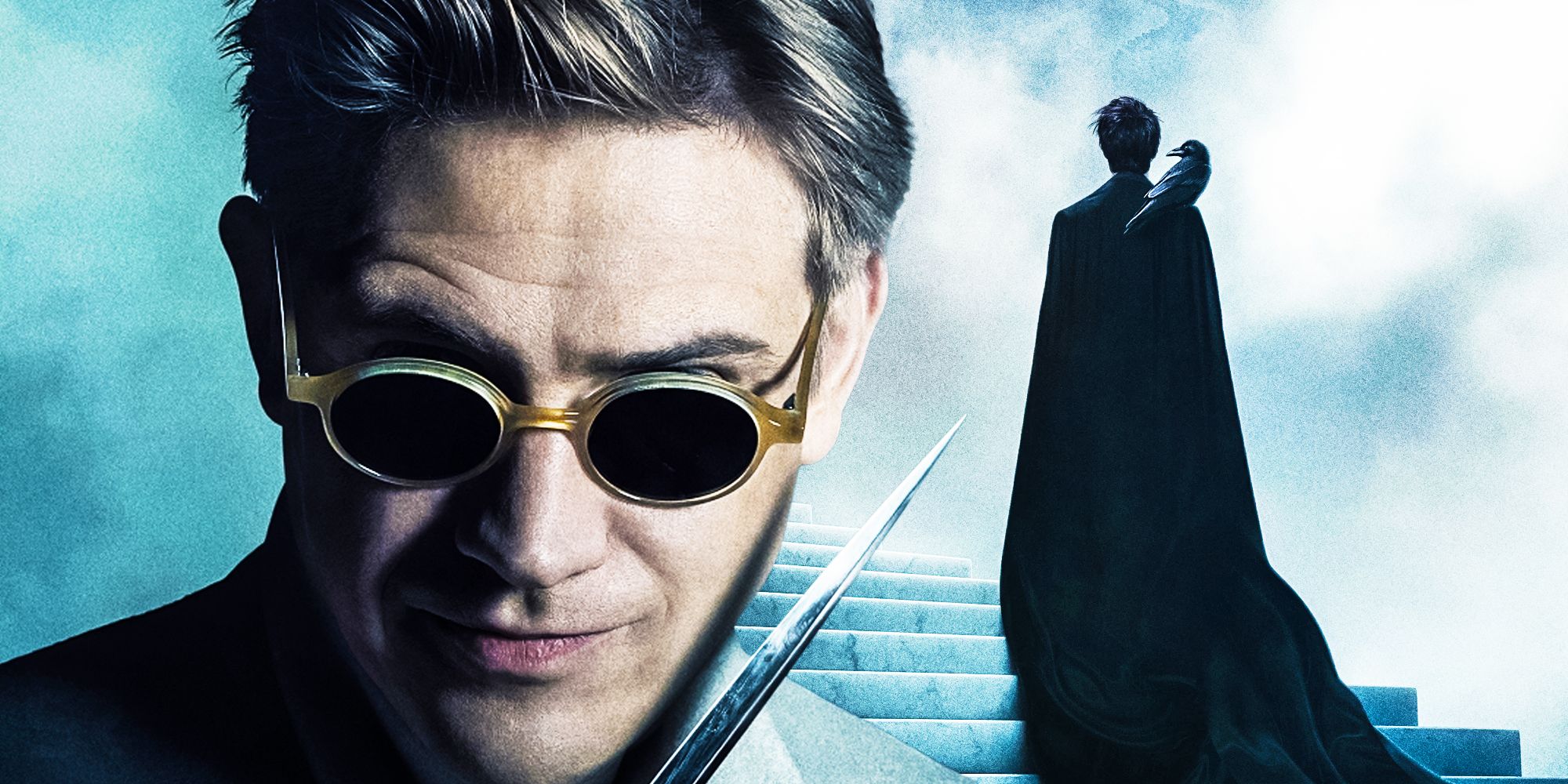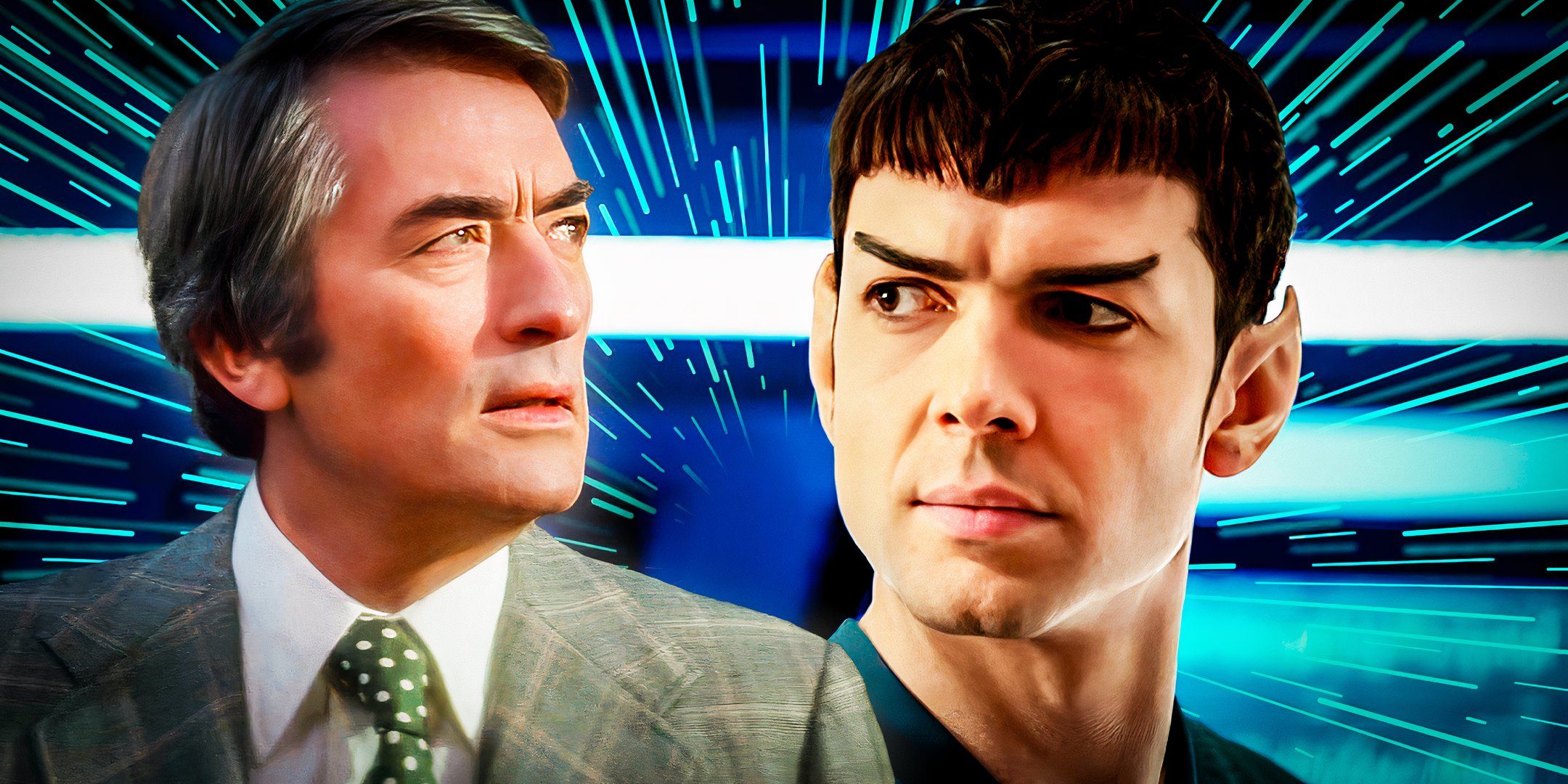Gary Larson’s iconic comic strip, The Far Side, always kept its heart close to the path set by its cartoon forebearers, even if it quite frequently turned around and mocked those that tread the same trail previously. Frequently paying an idiosyncratic kind of half-heartening, half-horrifying homage to classic cartoons from Disney, Warner Bros. and its fellow periodical strips, The Far Side helped keep the medium’s legacy in reader’s minds.
Classic cartoon and comic strip humor share a certain kind of childish absurdism. Always keen on oblique cultural commentary, Larson took this absurdist mentality and managed to bring out the twisted meta-comedy at the heart of these older animated inspirations, often with riotous results. Here are the ten best examples of how The Far Side paid homage to its influences and fellow cartoonists: usually with a shot across the bow.
10 “Aftermath Of A Popeye Brawl”
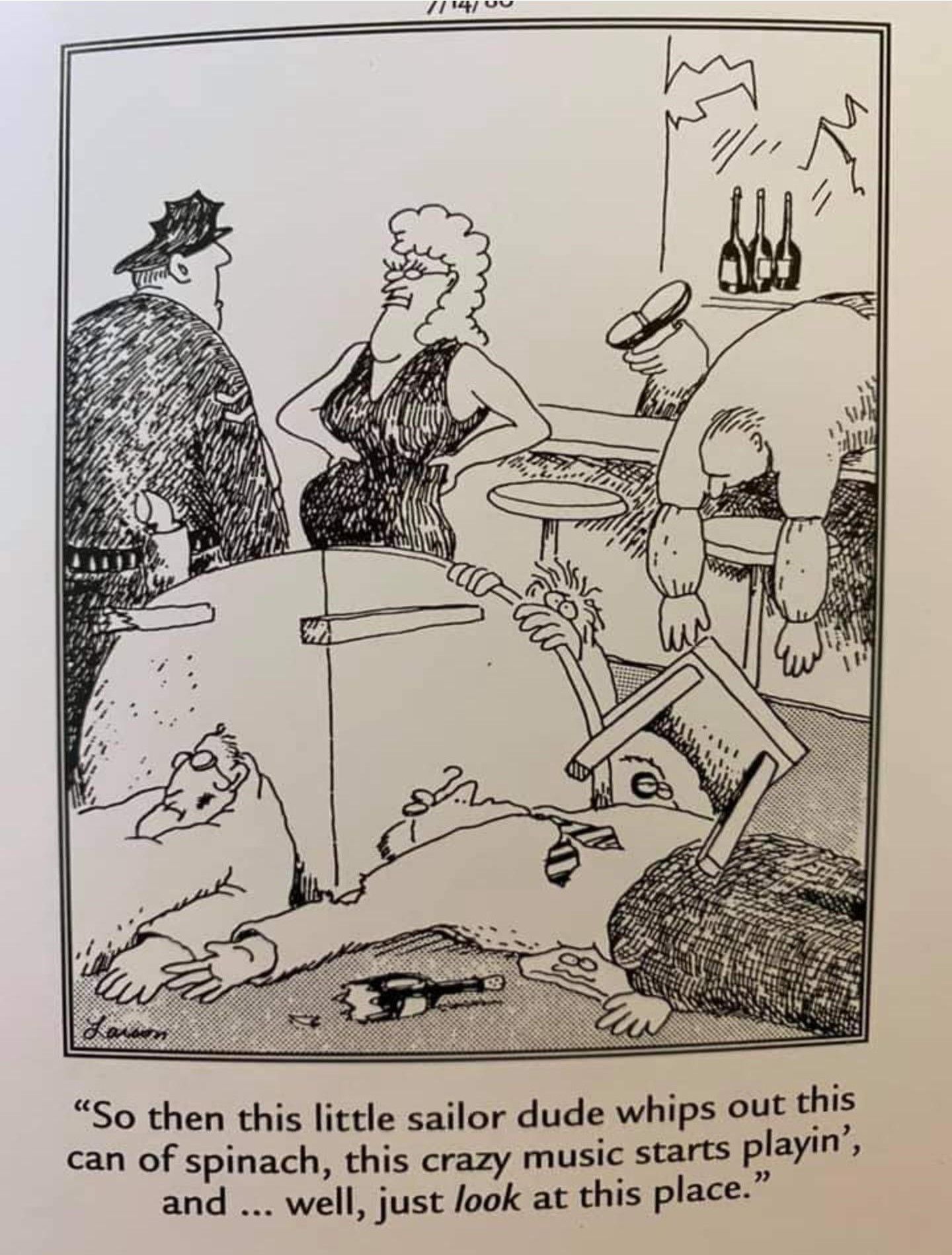
In a classic infusion of realism-induced humor, a witness of a barroom fracas describes what can only be interpreted as a typical scene from the hit cartoon/comic strip Popeye. Often the end result of Popeye’s adventures, the panel portrays in unflinching detail the cost of the sailorman’s untempered rage, as his cowering, terrified victims lay strewn around the establishment in various states of brutalization. Though the scene from Popeye’s perspective would usually carry with it an upwelling of glee from its youthful audience watching the cartoon, The Far Side depicts a different perspective. Popeye was known for using violence to turn the tables on ruffians and other evildoers; The Far Side instead depicts such a character as an inherent menace to society.
9 “Captain Ruru”
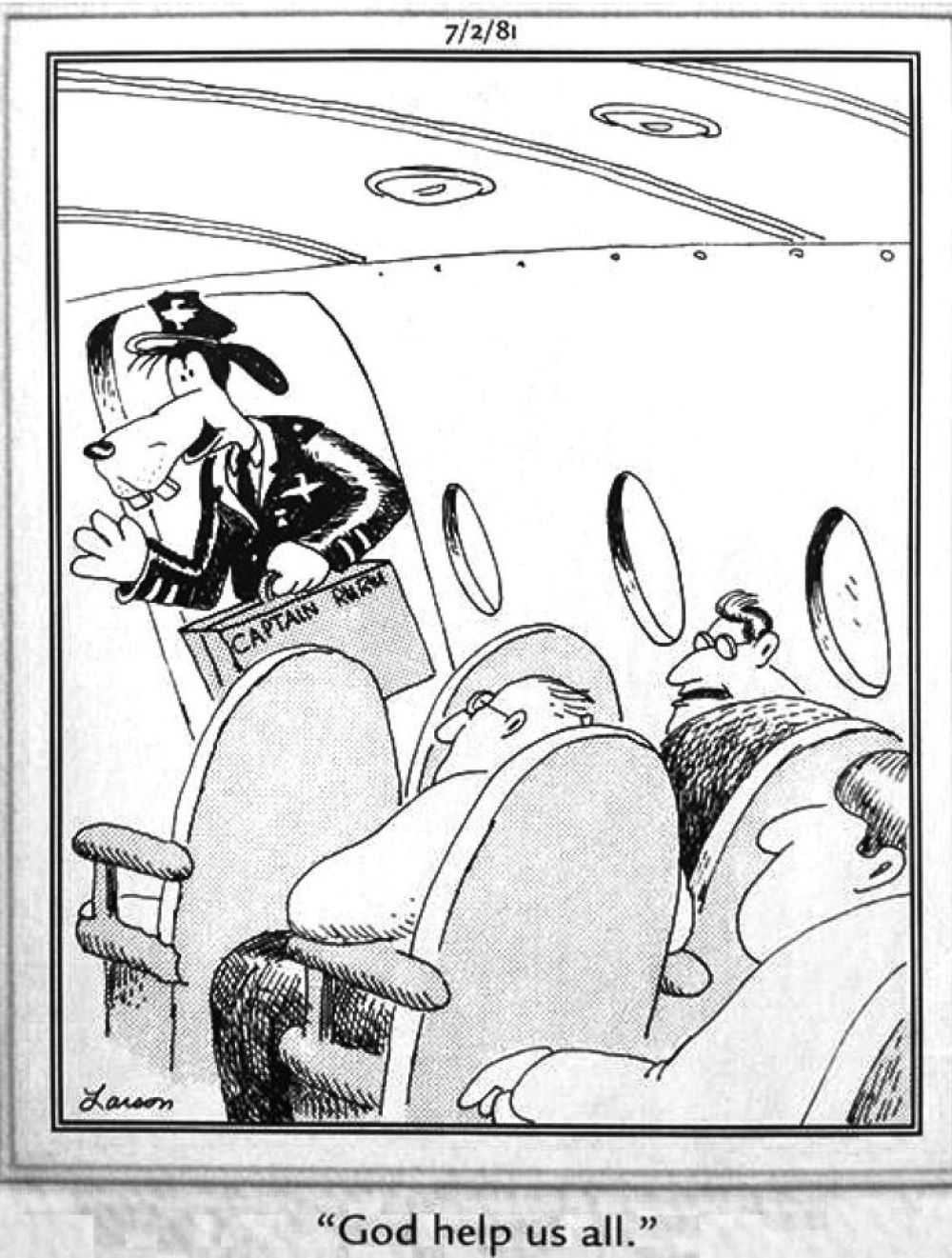
In a thinly veiled reference to the iconic Disney character Goofy, a humanoid dog-man, apparently having earned his wings as a pilot, boards a commercial airliner, to the consternation and despair of his passengers. Though the mistrust aimed at the pilot, named “Captain Ruru” – according to his suitcase – may simply be a case of judging a book by its cover, his lack of a persistent gaze, and overly casual manner may indeed indicate the possibility that this flight may end with doom for all souls aboard. A brilliant use of blunt humor by Larson, with the dog-man’s silly vacant face proving to be the real punchline.
8 “The Fate Of Jiminy Cricket”
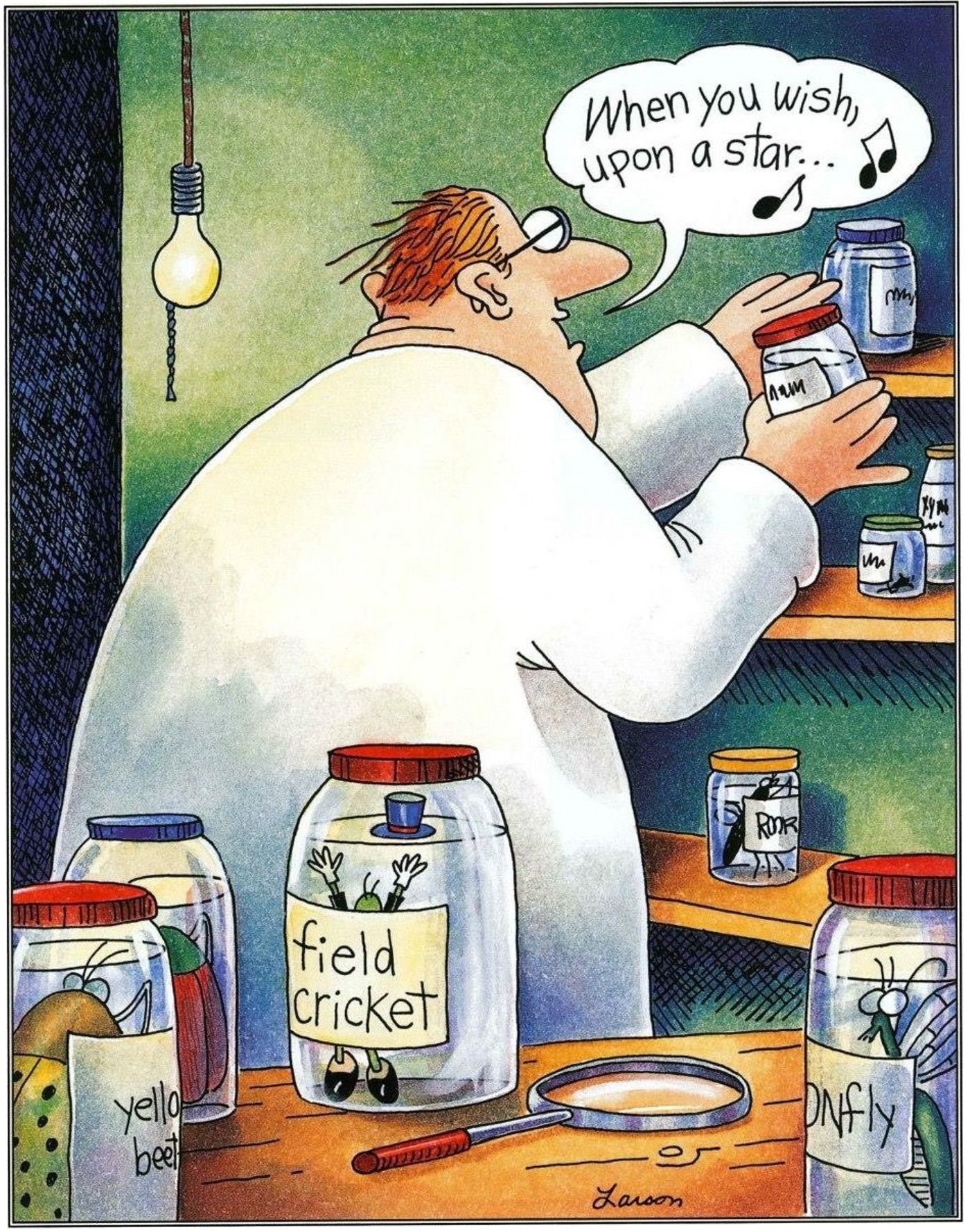
A wistful, if obviously completely mad, entomologist sings a familiar song to himself, as the body of a “field cricket” closely resembling Disney character Jiminy Cricket, floats submerged in a jar. The “fridge humor” of this particular panel is what holds it together. The scientist is singing a song to himself seemingly to him by his victim. More pressingly perhaps, is the question of why Jiminy would have taught his eventual murderer the same song used to summon the Blue Fairy in Pinocchio. Clearly, Jiminy’s capacity to act as this entomologist’s conscience proved deficient in this situation. Generating a surprising amount of speculation for a Far Side panel, this entry will surely leave readers with lingering uncertainties
7 “Snake Dating Show”
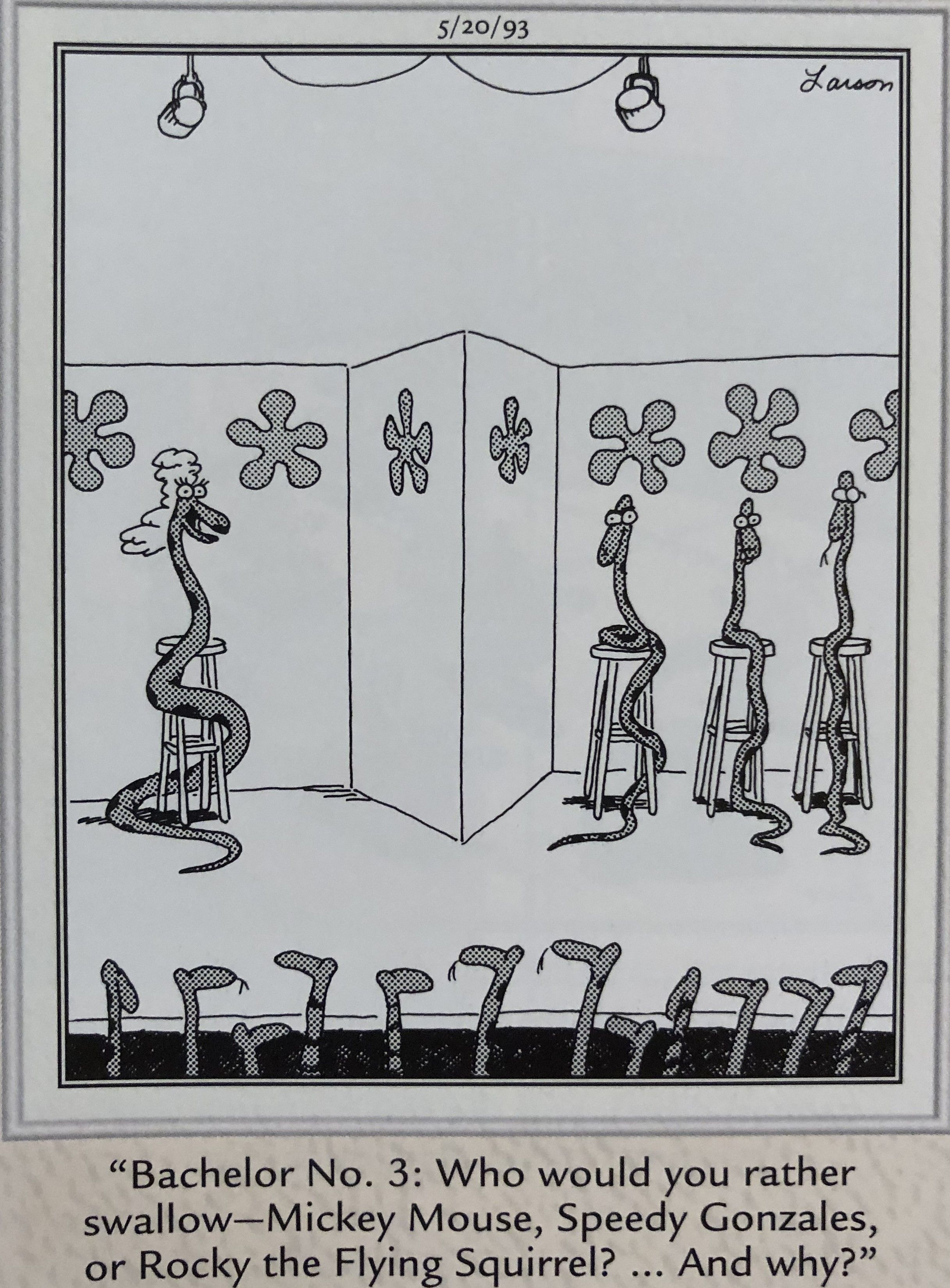
Three potentially lucky bachelor snakes are asked by a female contestant which beloved rodent character of children’s cartoon fame they would like to eat: Mickey Mouse, Speedy Gonzalez, or Rocky from Rocky and Bullwinkle. A truly terrifying question for those who hold such characters close to their heart; this horrifying concept is then reconstructed into sublimely glib humor, in the context of being enunciated by the stereotypical winsome game show bachelorette. After all, while humans may not find them palatable, such topics might say a lot about a contestant on a “Dating Game” for snakes – a commonly featured creature in Far Side strips – at least in the search for a prospective romantic partner.
6 “Cartoonist Physicist”
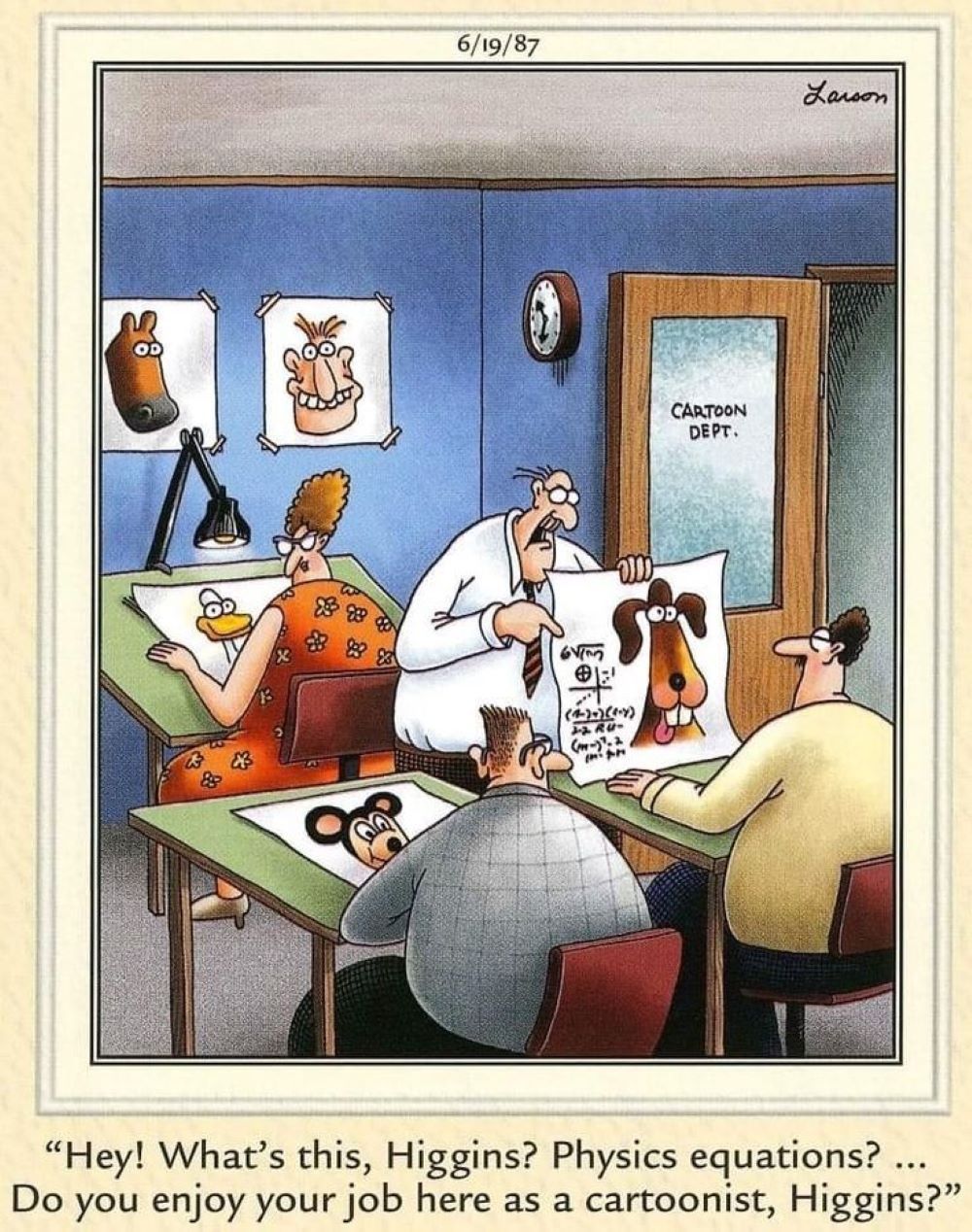
Rebellion is a relative phrase, and, in the fast-paced world of professional cartoonists and animators, sometimes even minor acts of anti-authoritarianism can have heavy repercussions. So it is with Higgins, a cartoonist in a Disney-esque cartoon department, who daydreams of being a physicist. One day, fate delivers a catalyst moment for him, when he is discovered by his crusty, elderly manager and pilloried with a withering lecture in front of his colleagues. The reader can’t help but sympathize with the lowly Higgins, whose inner-life dreams of escaping the dreary world of cartoons, so he might follow his passions for science, are brought to bear in confrontation with his close-minded superior.
5 “The Far Side Spy Center”
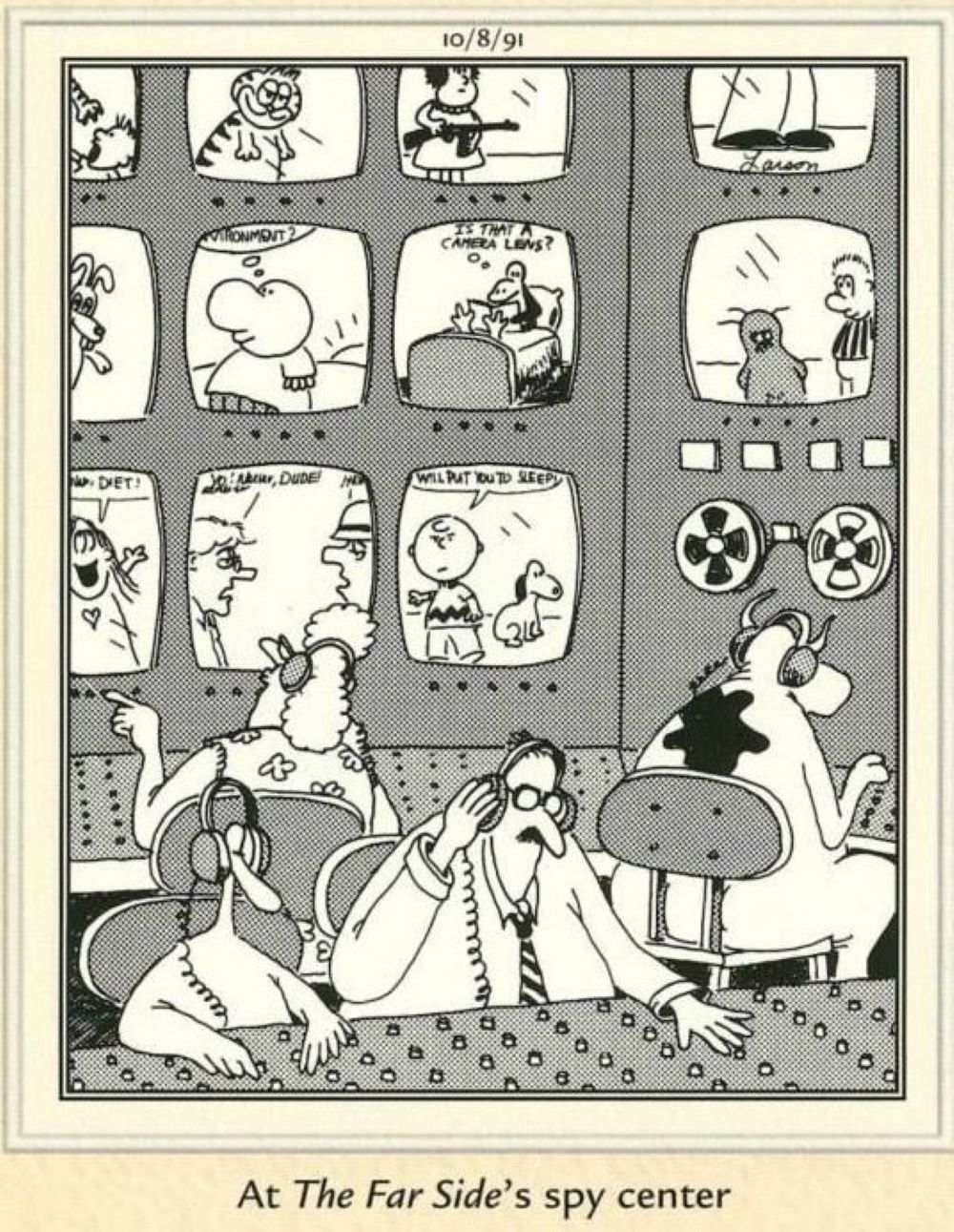
In a brilliant twist of meta-humor, Larson reveals that his cartoon creations actually serve a darker purpose: spying upon their competitors. In the background, a bevy of well-known characters – from rival strips such as Peanuts, Bloom County, Doonesbury and Cathy – appear on television monitors, going about their daily lives, ignorant of their unwitting placement under the watch of the stoic men, women, cows and chickens of The Far Side. Larson seems to suggest that this surveillance captures hidden moments of emotional and moral compromise from the cartoon crew, with Charlie Brown apparently just getting done threatening to put his dog Snoopy to sleep, and what appears to be the character Nancy holding a tommy gun.
4 “Cartoon Animal Trophies”
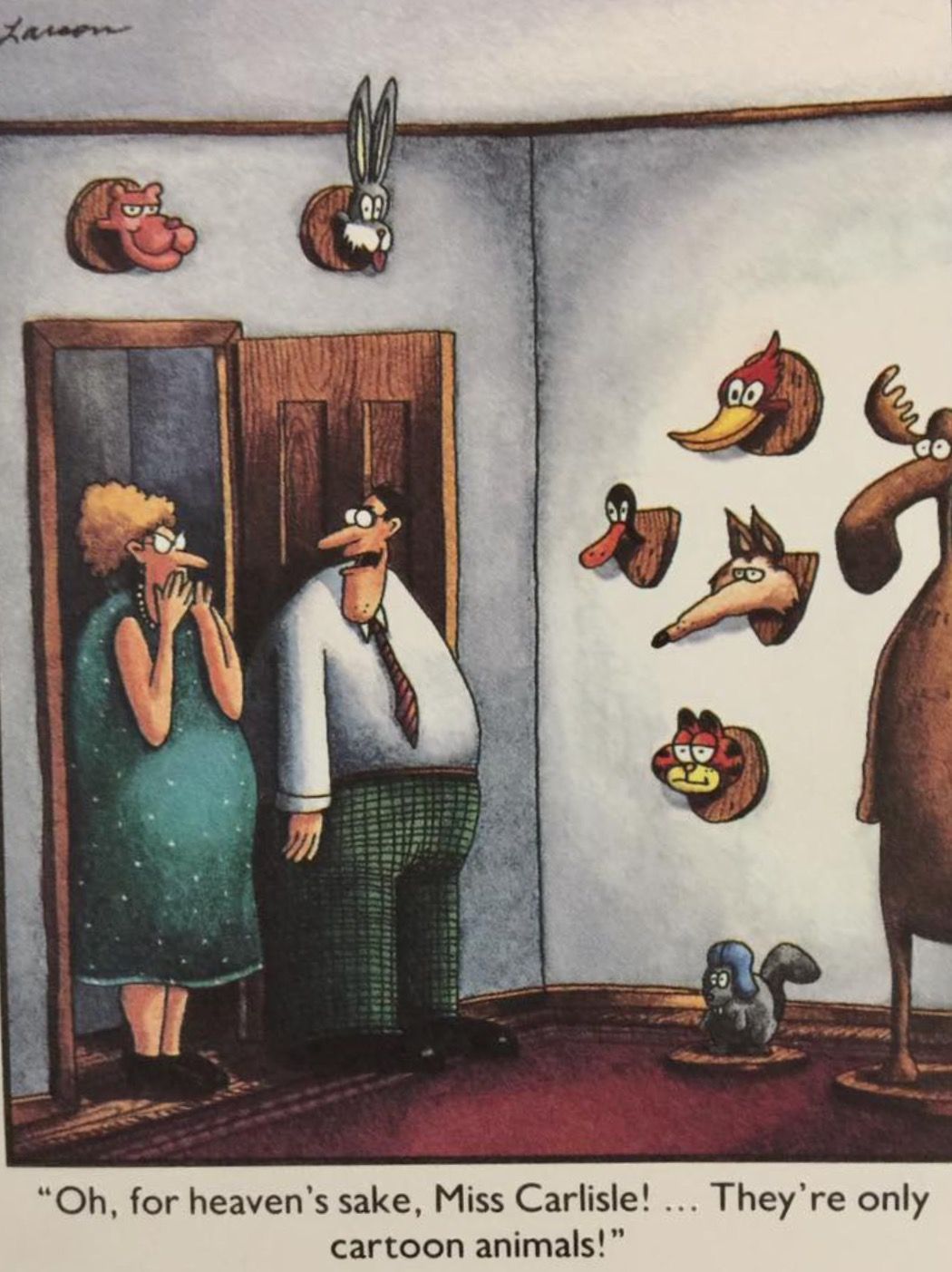
Miss Carlisle is left reeling in shock upon entering the home of an acquaintance, finding it adorned with the grotesque trophies of fallen cartoon idols. The Pink Panther, Bugs Bunny, Woody Woodpecker, and Garfield, among others, stare down in glassy refrain – as the homeowner reminds his guest that they are only imaginary creatures. The reader is left to consider how, if these characters are simply fake cartoons, he could have hunted, killed and taken their bodies as trophies. This opaqueness, when set against the existence of a trophy wall filled with the dead remains of so many cherished cartoon memories, adds only more humor upon repeated contemplation.
3 “Dumbo The Terrorist”
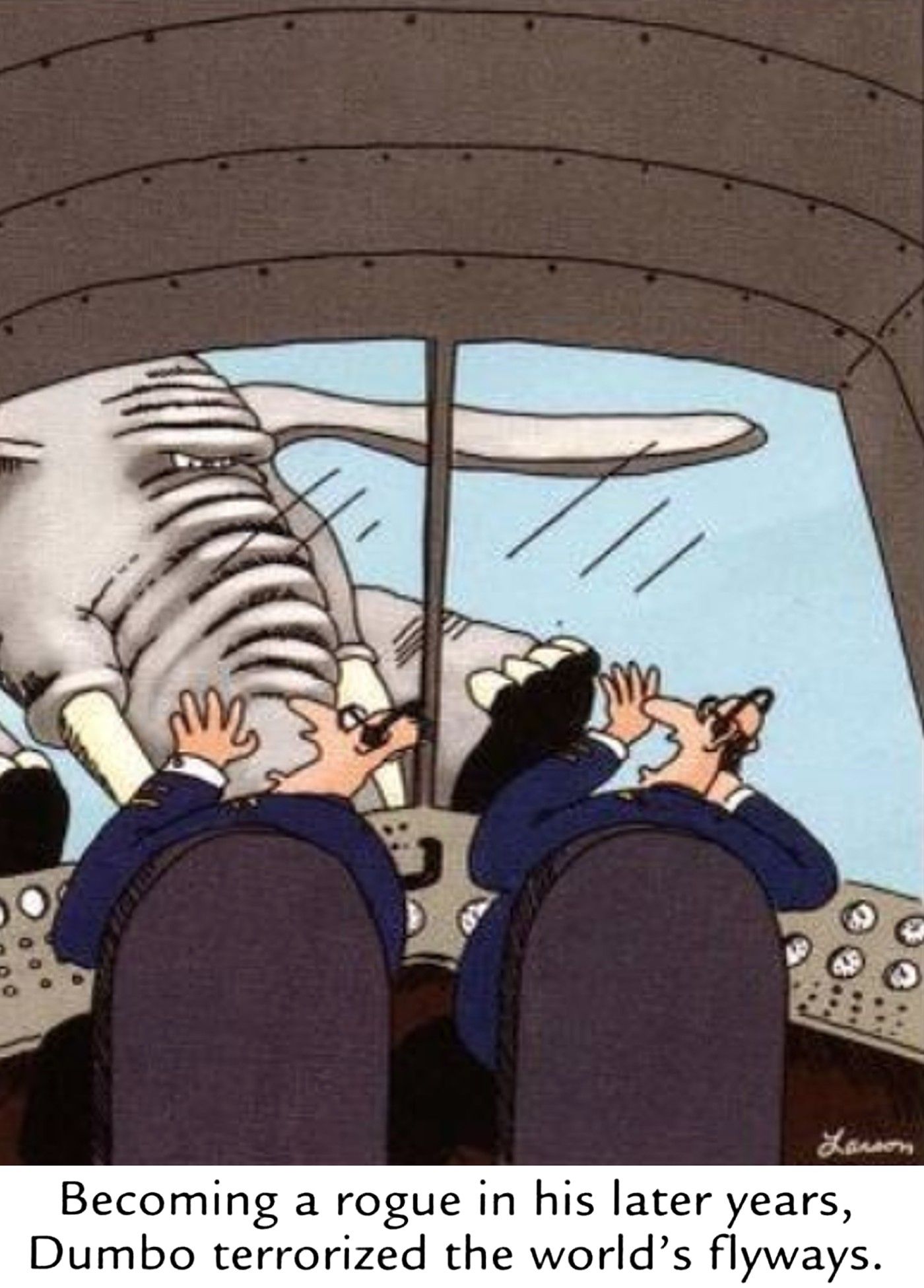
The tale of the tiny, cute elephant, who charmed audiences at the circus, is given starkly tragic treatment in this Far Side installment. As Gary Larson extrapolates from the classic tale, obviously, a fully-grown elephant capable of flight would be a terrifying enemy if he ever turned against humanity. Perhaps a consequence of years of abuse, or maybe just the effects of a wild animal maturing to adulthood, the once adorable pachyderm is revealed to have become a threat to the world’s airways in this eventuality, highlighted by the look of intense malice upon his face. A cautionary tale, perhaps, of not giving enough forethought to the implications of such a beast gaining the gift of flight.
2 “The Fate Of Puff The Magic Dragon”
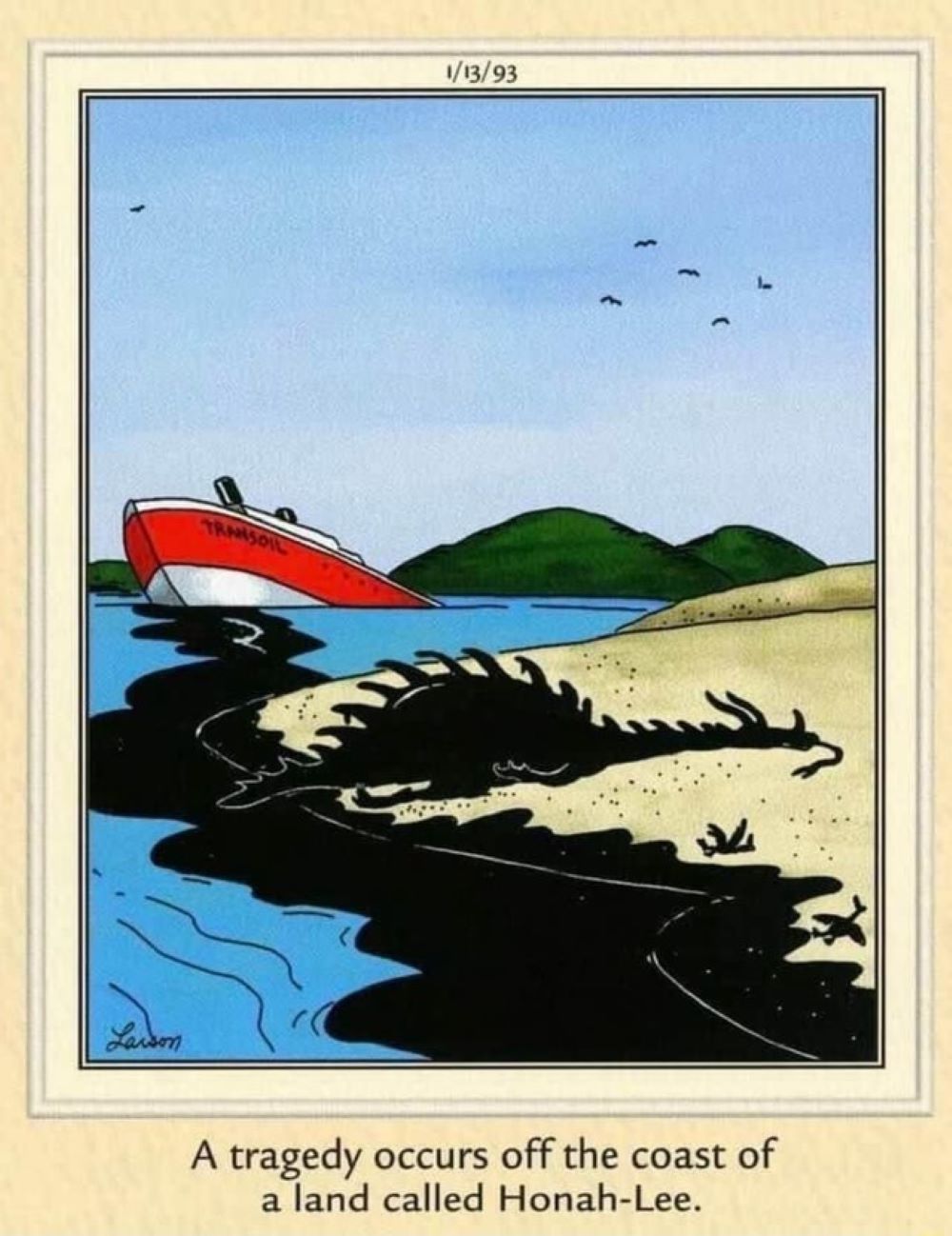
Oil spills are among the most devastating ecological disaster imaginable, and, sadly, even magical realms, enchanted with autumn mist, are not exempt from these dangers. According to The Far Side, this is how the mighty dragon Puff unfortunately meets his end – at the hands of a busted oil tanker. While the 1963 Peter, Paul and Mary song – on which the 1978 cartoon was based – claimed that Puff possessed immortality, apparently this did not account for suffocation at the hands of petroleum-based pollutants in waterways. A sad end to a proud creature, and one of Gary Larson’s most darkly comedic social commentaries.
1 “Mr. Peabody’s Accident”
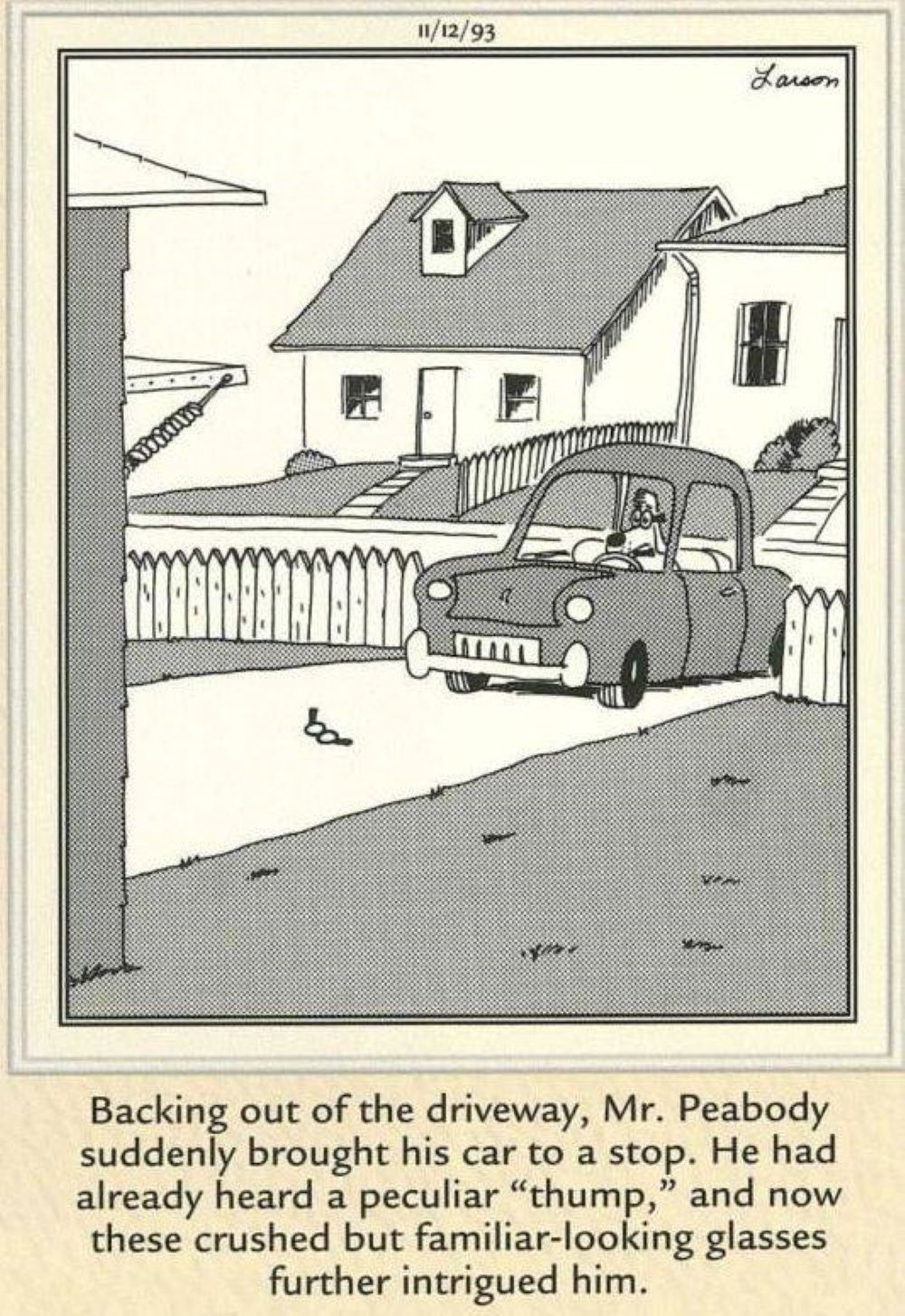
Mr. Peabody, the super-intelligent dog known for his time-travel adventures and droll, professorial tenor appears, to have made the greatest mistake of his life in accidently running over his sidekick and ward Sherman. Gary Larson unfurls the otherwise unbelievably tragic scene in hilarious, stream-of-consciousness fashion, which fans of the old cartoon on The Rocky and Bullwinkle Show will immediately recognize as spot-on impression of Peabody’s customary way of talking. The gradual revelation of Sherman’s demise, coupled with the still ignorant Peabody failing to grasp this circumstance, despite his supposed genius intellect, delivers a barrel of comic payoff to this strip, elevating it to among the funniest Far Side cartoons of all time.
